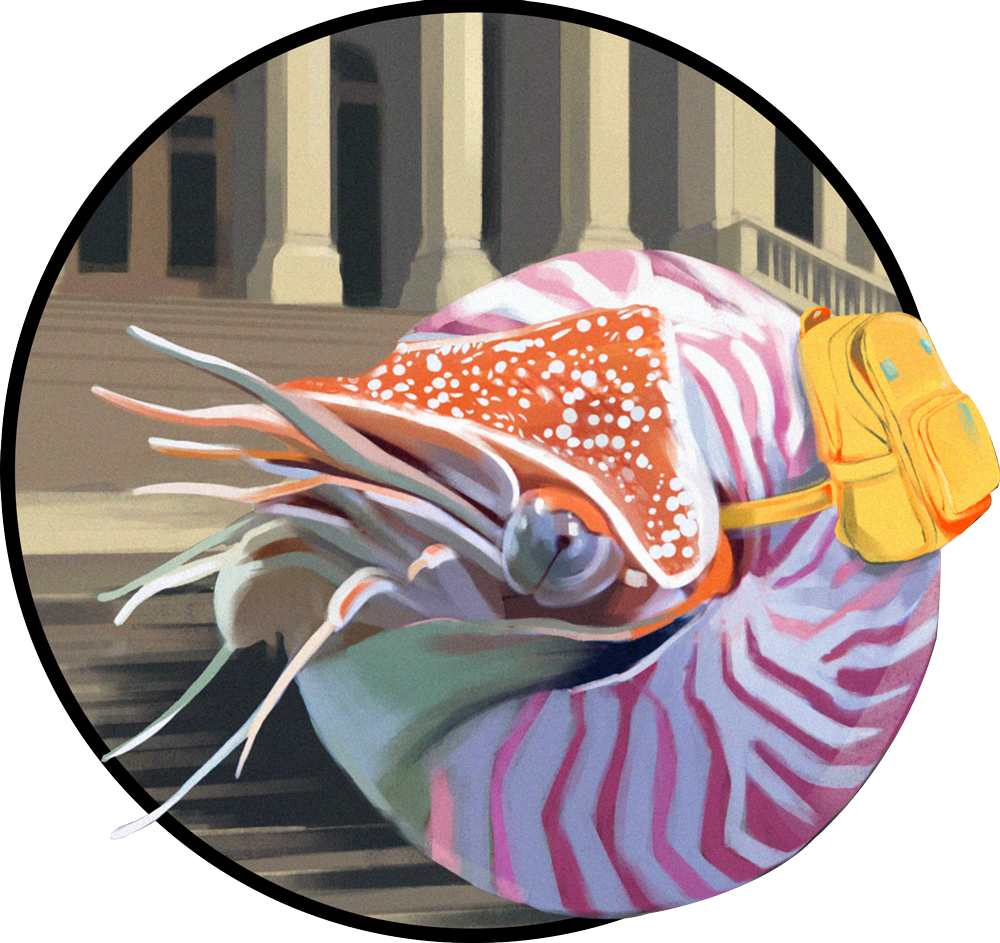On Christmas morning in 1950, four students who were members of a Scottish nationalist political party carried out a legendary heist. They broke into Westminster Abbey in London and nabbed a 335-pound Medieval relic called the Stone of Scone. This scheme sparked a political border closing and a decades-long mystery, as bits of the stone have remained missing. One archeologist spent years trying to track them down, and has now revealed her findings.
The students behind the hefty theft were avenging a theft that transpired six centuries earlier, which has long been viewed as a symbol of Scottish subjugation under England: This block of red sandstone had been used by Scottish rulers in coronation ceremonies sometime during the 13th century, until it was stolen by English troops under the direction of King Edward I in 1296. From then on, the stone became a fixture in British coronation ceremonies.
During the mid-20th-century heist, the thieves dropped the Stone of Scone, also known as the Stone of Destiny, onto the floor of Westminster Abbey—and it cracked into two pieces. People involved with this plot crudely repaired the stone before it was returned to authorities in 1951.
But not all of the stone made it back. Some bits stayed in Scotland, others were scattered far afield, many of their whereabouts largely unknown until recently.
Read more: “The Curse of the Unlucky Mummy”
Sally Foster, an archeologist at the University of Stirling in Scotland has been on this case and reports her findings in a new Antiquaries Journal paper on the storied stone. A mastermind behind the stone’s clandestine repair was Robert, or Bertie, Gray. He was a sculptor and politician involved in the movement for self-governance of Scotland, which had unified with England in 1707, disbanding its own parliament in the process to send members to London as part of the new Parliament of Great Britain.
In the process of piecing the stone back together, Gray kept 34 fragments that he numbered, curated, and gave out over a period of 24 years.
In her recent research, Foster reported her adventures in hunting down these fragments and tracing their journeys as they secretly switched hands. While on this quest, she dug through archives, collaborated with curators and experts, and asked the public for information. Foster also conducted detailed ethnographic research, including interviews with families associated with fragments of the stone.
Ultimately, Foster learned that “Gray traded on styling himself as the man who repaired the Stone, so we see him employing the fragments as a form of personal capital in his social and political networks,” she wrote.
Recipients of the stone include those involved in the robbery, people from as far as Canada and Australia, and politicians Gray respected. Some recipients even fashioned their fragments into jewelry, safeguarding them as family heirlooms. Pieces were also sent out for scientific testing to learn about the stone’s origins.
Ultimately, Foster located half of the 34 fragments, but the remaining pieces remain a mystery—she hopes that increasing public attention could lead her to tantalizing new clues. ![]()
Enjoying Nautilus? Subscribe to our free newsletter.
Lead image: Firebrace / Wikimedia Commons






























